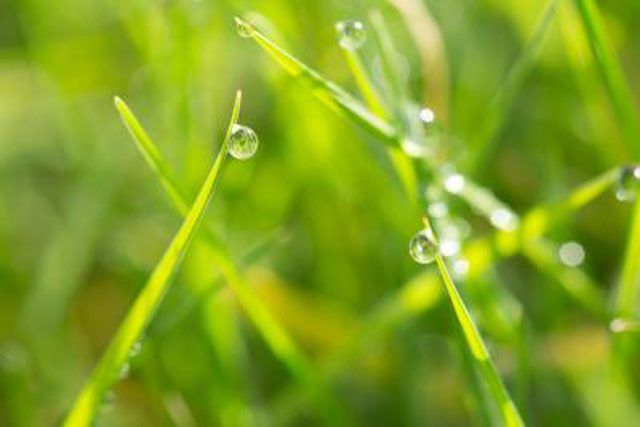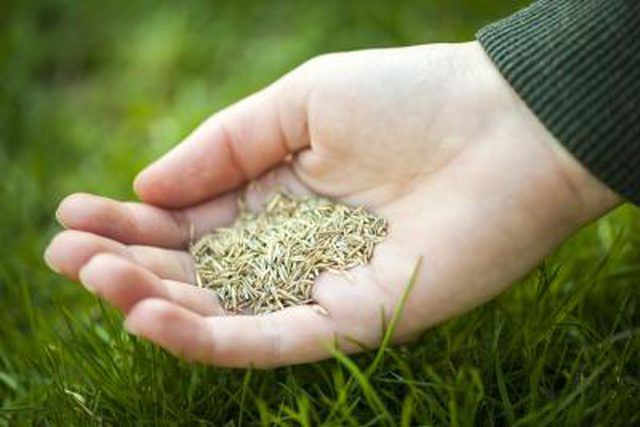Bulbs
Flower Basics
Flower Beds & Specialty Gardens
Flower Garden
Garden Furniture
Garden Gnomes
Garden Seeds
Garden Sheds
Garden Statues
Garden Tools & Supplies
Gardening Basics
Green & Organic
Groundcovers & Vines
Growing Annuals
Growing Basil
Growing Beans
Growing Berries
Growing Blueberries
Growing Cactus
Growing Corn
Growing Cotton
Growing Edibles
Growing Flowers
Growing Garlic
Growing Grapes
Growing Grass
Growing Herbs
Growing Jasmine
Growing Mint
Growing Mushrooms
Orchids
Growing Peanuts
Growing Perennials
Growing Plants
Growing Rosemary
Growing Roses
Growing Strawberries
Growing Sunflowers
Growing Thyme
Growing Tomatoes
Growing Tulips
Growing Vegetables
Herb Basics
Herb Garden
Indoor Growing
Landscaping Basics
Landscaping Patios
Landscaping Plants
Landscaping Shrubs
Landscaping Trees
Landscaping Walks & Pathways
Lawn Basics
Lawn Maintenance
Lawn Mowers
Lawn Ornaments
Lawn Planting
Lawn Tools
Outdoor Growing
Overall Landscape Planning
Pests, Weeds & Problems
Plant Basics
Rock Garden
Rose Garden
Shrubs
Soil
Specialty Gardens
Trees
Vegetable Garden
Yard Maintenance
When Is it Too Late to Plant Grass Seed?
When Is it Too Late to Plant Grass Seed?. Fall is the most popular season for planting grass seed. It’s important to plant it so that it can germinate and grow before winter.
Fall is the most popular season for planting grass seed. Itís important to plant it so that it can germinate and grow before winter.

There are different types of grass seeds and each requires different planting conditions. Cool-season grass seeds can be planted later than warm-season seeds.

Cool-season grasses need a minimum temperature range of 45 to 55 degrees Fahrenheit. Warm-season grasses require temperatures about 10 degrees higher. Keep in mind that soil temperatures are usually colder than air temperatures.

Proper moisture levels are critical to grass seed germination. While fall and spring usually provide more rainfall, supplemental watering may be necessary.

Depending on the variety of grass, germination can take from one week to one month. Grasses with shorter germination times can be planted later than those with longer germination times.

While fall planting eliminates many problems to successful grass growth, it is possible to plant grass seed in the spring. Eliminating weeds, pests and diseases is the first step for successful springtime planting. Also, be prepared to water as needed and restrict traffic in the newly planted area.
